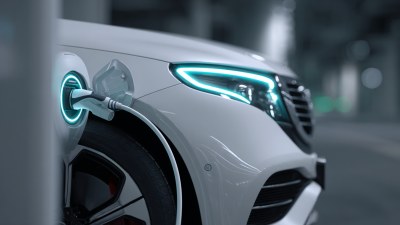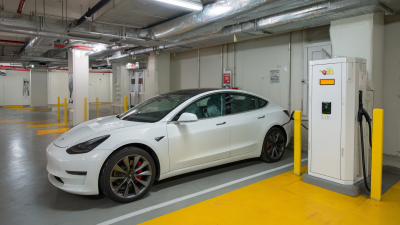As the adoption of electric vehicles (EVs) accelerates, homeowners are increasingly looking to install Home Car Charging Stations to enhance convenience and efficiency. According to a report by the International Energy Agency, the global stock of electric passenger cars surpassed 10 million in 2020, demonstrating a significant growth rate that is expected to continue in the coming years. By 2023, the market for home charging solutions is projected to be worth over $3 billion, driven by advancements in charging technology and the rising demand for eco-friendly transportation. This ultimate guide aims to provide you with comprehensive insights and actionable tips for transforming your garage into an EV-friendly space, ensuring you're prepared for the future of automotive travel while maximizing your home's value and functionality.
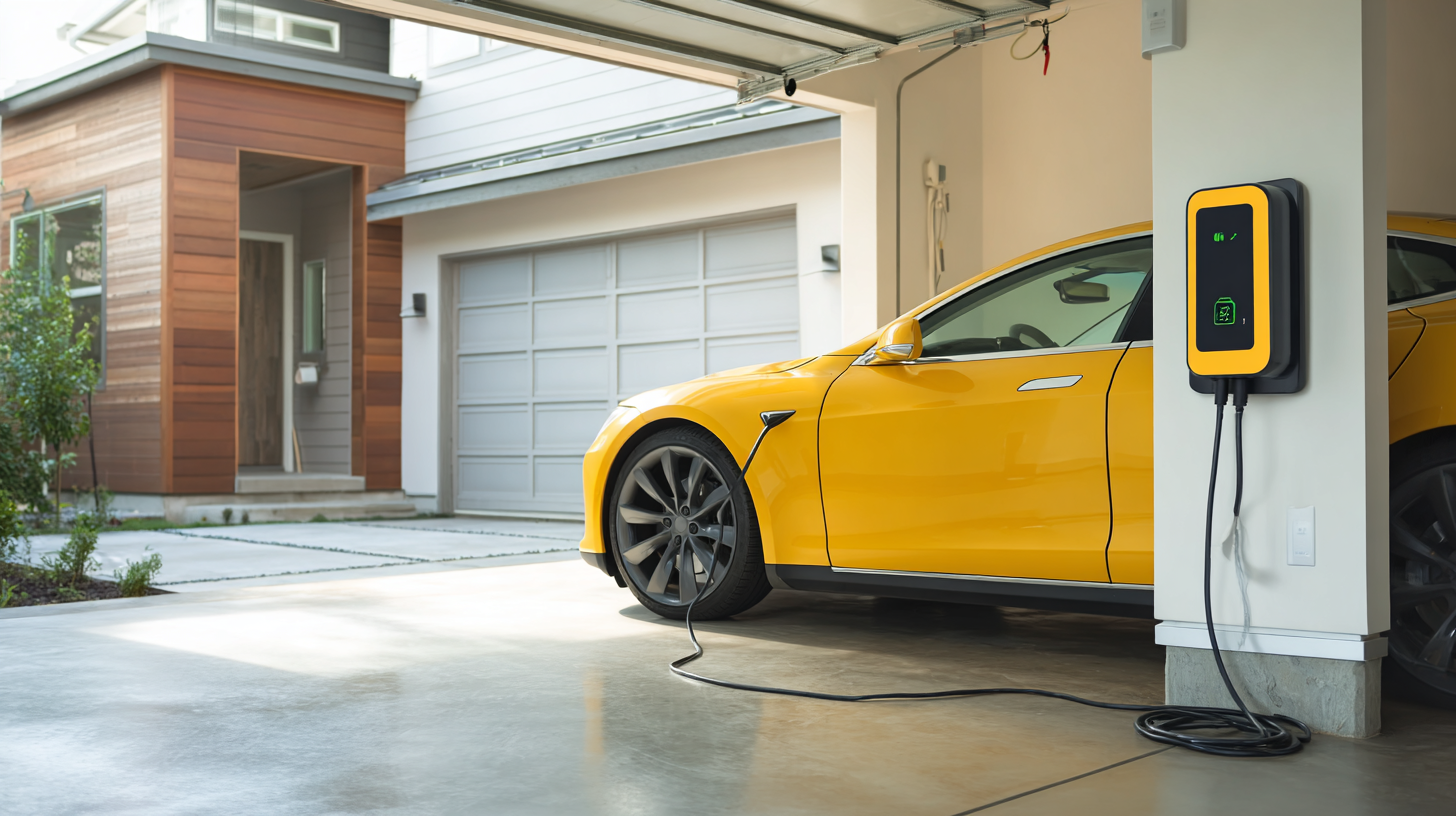
When choosing the right location for your home car charging station, it's essential to consider accessibility, convenience, and safety. According to a report by the Department of Energy, over 80% of electric vehicle (EV) charging occurs at home, making it vital to optimize your charging setup. Ideally, the charging station should be installed in your garage, where it can benefit from shelter and protection from weather elements. However, if a garage is not an option, ensuring that the charging point is close to the entrance of your home can facilitate a seamless charging experience.
**Tips:** Position your charging station at least 18 inches from the wall to ensure easy access and to accommodate various charging cable lengths. Additionally, consider the orientation of your vehicle's parking space; ensuring your EV can reach the charging unit without cumbersome maneuvers enhances usability.
Another consideration is electrical capacity. A dedicated circuit and proper installation are crucial for efficient charging. The International Energy Agency states that the average EV uses about 30 kWh of energy, leading to a recommendation to have an outlet with at least 40 amps for a Level 2 charger. This configuration allows your vehicle to charge efficiently without risking circuit overload.
**Tips:** Consult a licensed electrician to assess your home’s electrical capacity and to ensure compliance with local codes, optimizing the charging station's performance and safety.
| Location | Accessibility | Installation Cost ($) | Charging Speed (kW) | Safety Features |
|---|---|---|---|---|
| Garage Wall | High | 500 | 7.2 | Overload Protection |
| Driveway | Medium | 700 | 11.5 | Ground Fault Detection |
| Outside Shed | Low | 800 | 3.6 | Weather Resistant |
| Home Office | Medium | 600 | 7.2 | Surge Protection |
As electric vehicles (EVs) continue to surge in popularity, the installation of home charging stations has become a priority for many homeowners. According to a recent report by the International Energy Agency (IEA), the number of electric cars on the road is projected to exceed 140 million by 2030. This highlights the growing need for individual charging solutions, which often require specific electrical requirements to ensure safe and efficient operation.
When installing a charging station, it’s crucial to assess your home’s electrical capacity. Most Level 2 chargers, which can deliver 240 volts, require a dedicated circuit that can handle at least 30 amps. A comprehensive evaluation by a licensed electrician is advisable; a study from the Electric Power Research Institute (EPRI) indicates that nearly 60% of homes may need electrical upgrades before installation. Additionally, proper grounding systems and adherence to local building codes are essential to prevent hazards such as electrical surges or fire risks. As battery technology evolves, adequate electrical infrastructure will play a vital role in maximizing the efficiency of home charging systems.
This chart illustrates the power output for different types of home car charging stations in 2023, highlighting the essential electrical requirements for installation. Level 1 charging is ideal for overnight charging, while Level 2 charging offers faster charging times. DC Fast Charging is the most powerful option, suitable for quick top-ups during longer trips.
When transforming your garage into an efficient home car charging station, understanding the types and features available is crucial. The most common options are Level 1 and Level 2 charging stations. Level 1 chargers use a standard 120-volt outlet, making them accessible and easy to install, although they typically provide a slower charging rate. Level 2 chargers, on the other hand, utilize a 240-volt outlet and can replenish your car's battery significantly faster, making them a popular choice for homeowners with electric vehicles (EVs) that require quicker turnaround times.
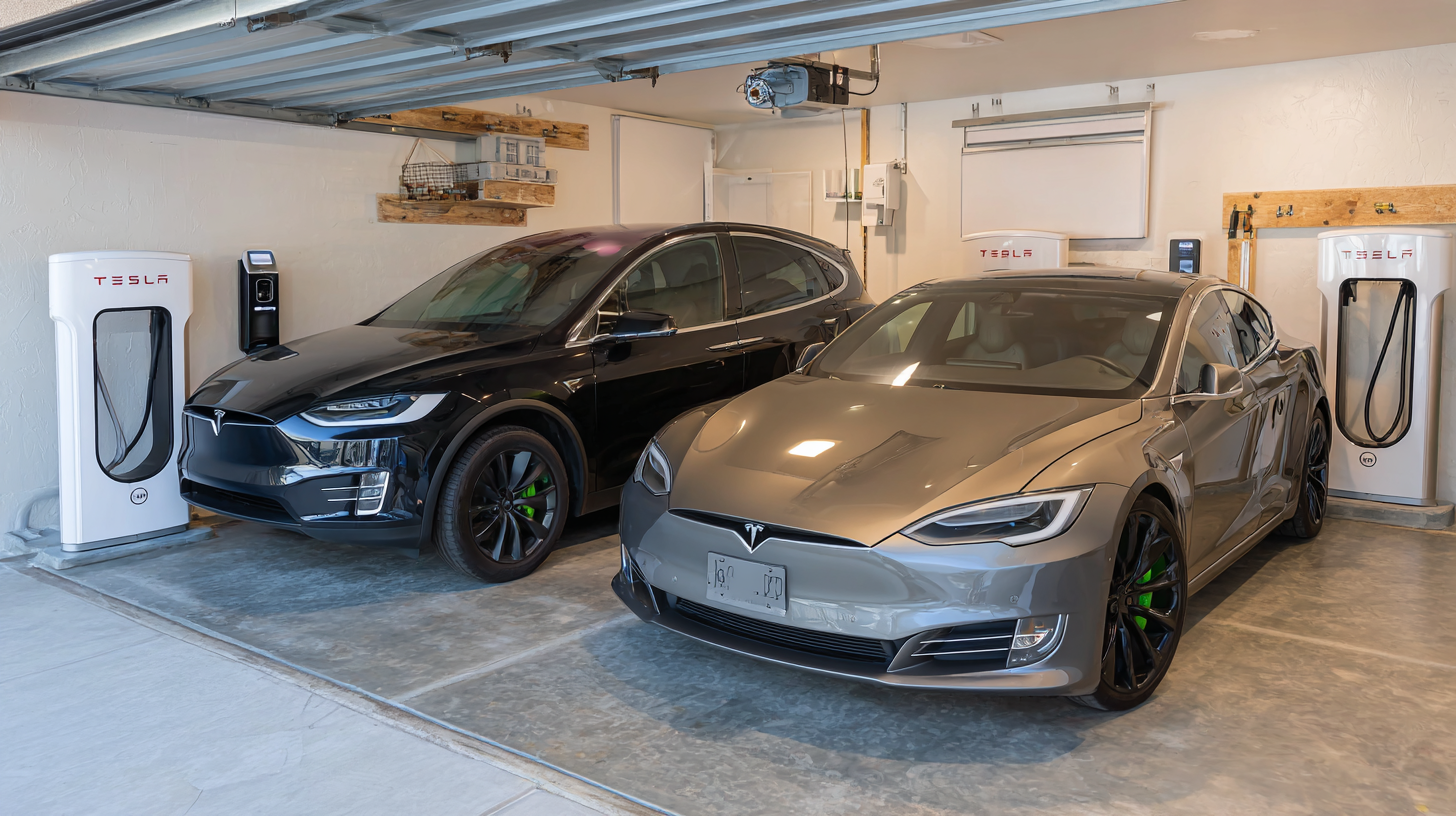
Tips: Consider the daily driving habits of your household when selecting a charger. If you mostly drive short distances, a Level 1 charger may suffice, saving you on installation costs. However, for daily commutes that require longer distances, investing in a Level 2 charger can enhance convenience and ensure you're always ready to hit the road.
Another important feature to consider is smart charging capabilities. Many modern home charging stations come equipped with Wi-Fi connectivity, allowing users to monitor and control the charging process through smart devices. This can help you manage energy costs by scheduling charging during off-peak hours and receive alerts on charging status, making the ownership experience more user-friendly and energy-efficient.
Installing a home car charging station in your garage is a straightforward process that can be accomplished with careful planning and consideration. The first step involves assessing your garage's electrical capacity and deciding on the type of charging station that suits your electric vehicle’s needs. Most home installations will require a dedicated circuit, often a 240-volt outlet for faster charging. Consult with an electrician to ensure your garage can handle the load and to help you navigate local electrical codes and permits.
Once you’ve confirmed the electrical requirements, the next step is purchasing a compatible charging station. Popular options come with various features, such as Wi-Fi connectivity for monitoring energy usage or scheduling charging times. After acquiring your charging station, follow the manufacturer's installation instructions. Generally, this will involve mounting the unit on the wall, connecting it to the dedicated circuit, and securing it to prevent any accidental disconnection. After installation, test the system to ensure it operates correctly, and familiarize yourself with its controls to maximize efficiency when charging your vehicle.
When it comes to maintaining the optimal performance of your car charging station, regular checks are essential. Begin by inspecting the charging unit and cables for any signs of wear and tear. Look for frayed wires, corrosion, or damaged connectors – any of these issues can compromise the efficiency and safety of your setup. Clean the connectors periodically to remove dirt or debris that might interfere with the charging process. Ensuring a clean connection will not only enhance performance but also prolong the life of your charger.
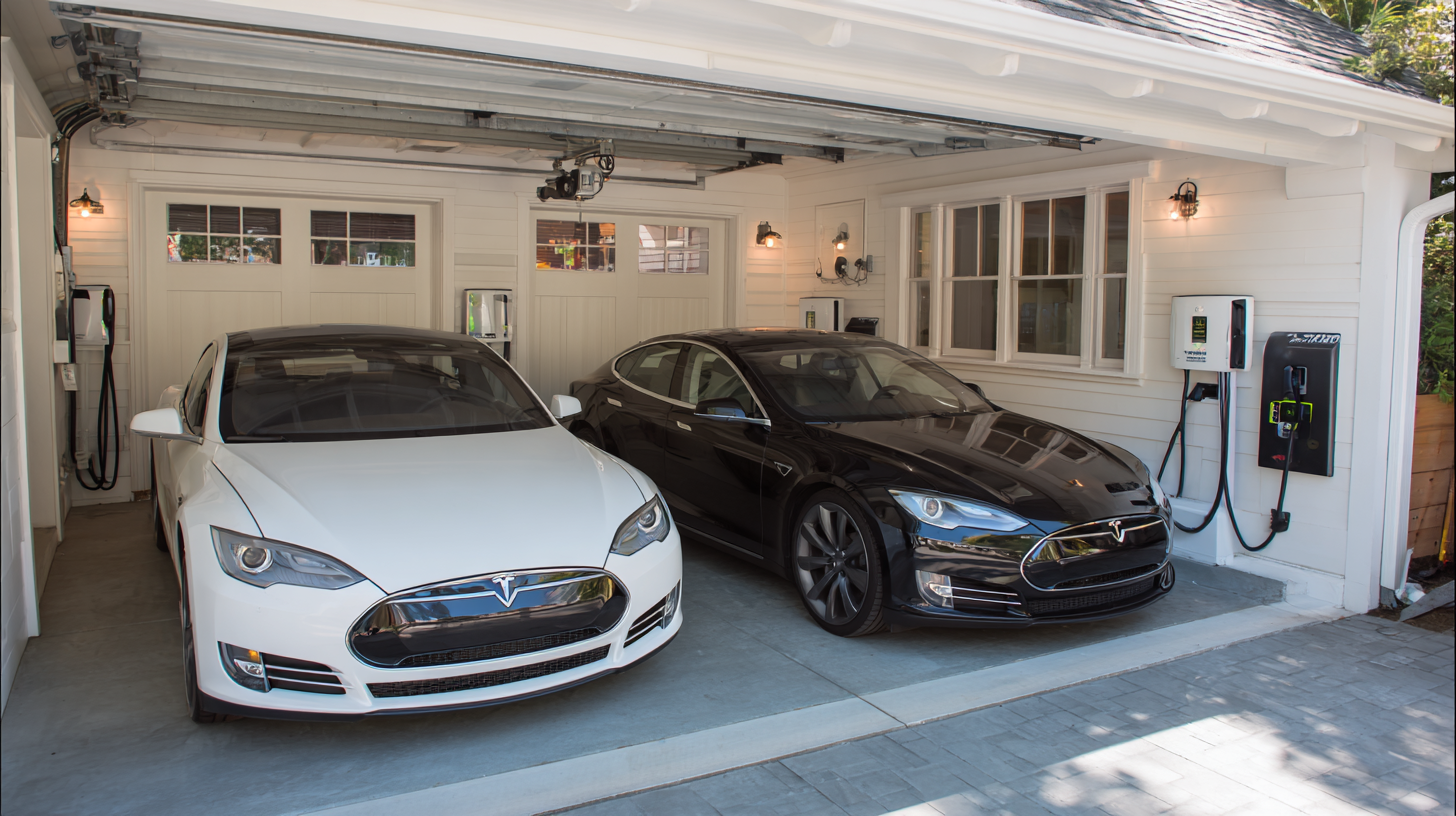
Furthermore, it's prudent to monitor the electrical system feeding your charger. Ensure that your outlet is in good condition and can handle the load without any risk of overload. Utilize a surge protector to guard against power surges that could damage your charger or your vehicle's battery. Lastly, keep the area around the charger well-ventilated and dry to prevent overheating and humidity-related issues. By implementing these maintenance tips, you can ensure your car charging station remains efficient and reliable for years to come.
